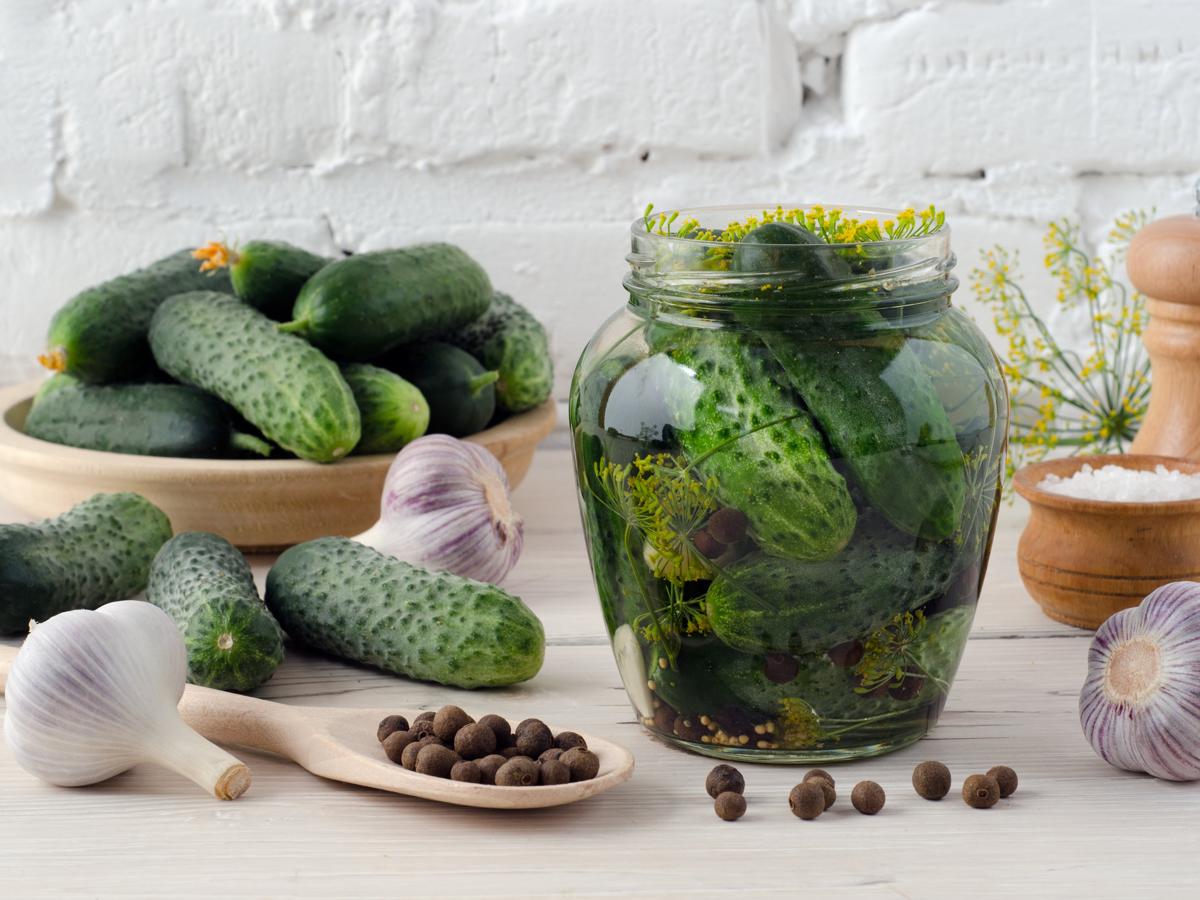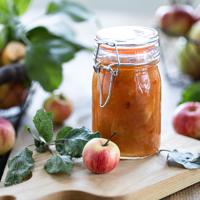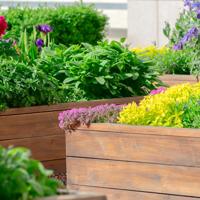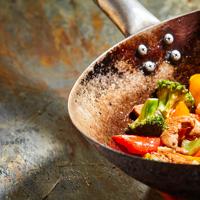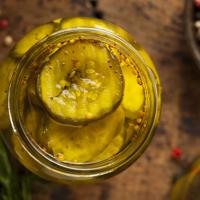Welcome to our exploration of the delightful practice of pickling vegetables straight from your garden. At Bistrogarden.com, we cherish the sustainable gardening lifestyle, and there’s something wonderfully satisfying about preserving your harvest to enjoy throughout the year. Let’s dive into this humble art and unveil how you can embrace it, one jar at a time.
What is Pickling?
Pickling is a time-honored method of preserving food by immersing it in a brine or vinegar solution. This process not only extends the shelf life of your produce but also transforms their flavors in delightful ways, offering a tangy and savory treat.
The Charm of Pickling Your Own Vegetables
Growing your vegetables gives you a unique opportunity to control their growing conditions. When you pick them at their peak, you know you’re preserving the finest quality. There’s also a personal connection to food that’s cultivated, harvested, and preserved with your own hands.
Moreover, pickling is an accessible introduction to food preservation. It doesn’t require the same level of precision as other methods might, allowing a bit more room for creativity and experimentation.
Getting Started with Pickling
Essential Ingredients
Here’s a basic rundown of what you’ll need to start pickling:
- Vegetables: Cucumbers, carrots, radishes, and beets are popular choices, but feel free to experiment with others like zucchini or bell peppers.
- Vinegar: Most recipes call for white distilled vinegar due to its neutral flavor, but apple cider or wine vinegars can add unique notes.
- Water: Needed to adjust the acidity.
- Salt: Use non-iodized salt, like pickling or kosher salt, to avoid cloudiness.
- Sugar: Not always necessary, but commonly used to balance flavors.
- Spices and Herbs: Dill, garlic, mustard seeds, or peppercorns add depth.
Simple Pickling Recipe
This is a basic recipe you can adapt to your taste and the vegetables you have on hand.
Ingredients:
- 1 pound of fresh vegetables
- 2 cups distilled white vinegar
- 1 cup water
- 1 tablespoon salt
- 1 tablespoon sugar
- 2 teaspoons mustard seeds
- 1 teaspoon peppercorns
- Fresh dill sprigs
Instructions:
- Prepare Vegetables: Wash and cut vegetables into uniform sizes.
- Make the Brine: Combine vinegar, water, salt, and sugar in a saucepan. Bring to a boil, ensuring the salt and sugar dissolve.
- Pack the Jars: Place spices and vegetables in sterilized jars. Pour the hot brine over them, leaving about 1/2 inch of space at the top.
- Seal: Wipe the rims and seal with clean lids.
- Cool and Store: Let the jars cool to room temperature. Store in the fridge for up to 2-3 months, or engage in a proper canning process for shelf-stable pickles.
Tips and Variations
- Experiment with Spices: Try coriander seeds, cloves, or chili peppers for different flavor profiles.
- Add Texture: A grape leaf in the jar can help keep pickles crisp.
- Pickle Mix: Combine various vegetables in one jar for a colorful treat.
A Consideration of Food Safety
Ensure cleanliness throughout the process. Sterilize jars properly and watch for signs of spoilage, like cloudiness or off-odors. When in doubt, it’s best to err on the side of caution.
Conclusion
At its core, pickling is about prolonging the enjoyment of your garden’s bounty. While it’s not the only method of preservation, it offers a distinct flavor and a sense of tradition. Experiment, have fun, and savor the tangible connection it creates between your garden and kitchen.
Feel free to share your experiences or favorite recipes in our community forum. We believe there’s much to learn from each other’s journeys into the garden-to-table lifestyle. Happy pickling!
